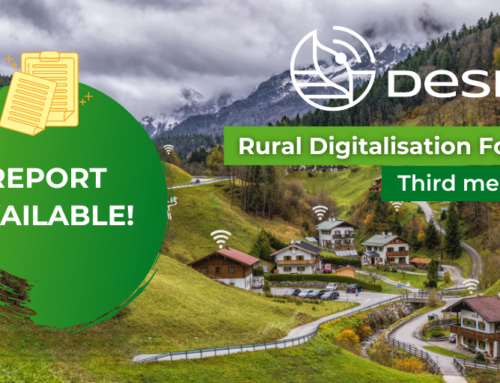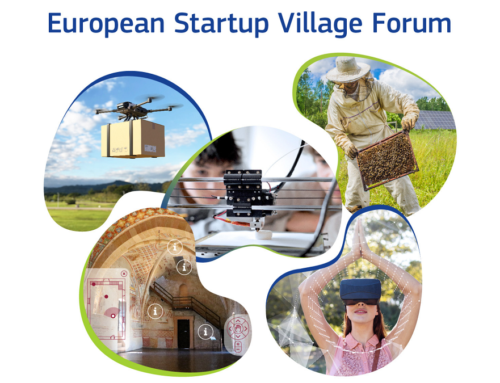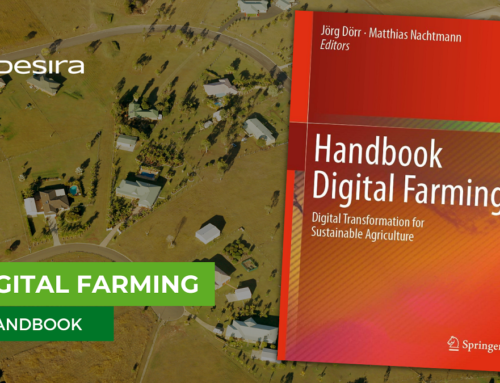 DESIRA has carried out a synthesis report on the Needs, Expectations and Impact (NEI) of digitalisation on agriculture, rural areas, and forestry. This synthesis report includes a comparative analysis of socio-economic impacts of digitalisation using the basis of the 21 NEI regional reports elaborated by each Living Lab (LL). The LLs applied the concept of a Socio-Cyber-Physical System (SCPS) as an analytical lens through which to research and gain insights on its past and present impacts. To perform their NEI assessments, Living Labs used a mix of data collection tools (desk research, semi-structured interviews, a standardised online survey, and interactive workshops). These tools were applied in three phases:
DESIRA has carried out a synthesis report on the Needs, Expectations and Impact (NEI) of digitalisation on agriculture, rural areas, and forestry. This synthesis report includes a comparative analysis of socio-economic impacts of digitalisation using the basis of the 21 NEI regional reports elaborated by each Living Lab (LL). The LLs applied the concept of a Socio-Cyber-Physical System (SCPS) as an analytical lens through which to research and gain insights on its past and present impacts. To perform their NEI assessments, Living Labs used a mix of data collection tools (desk research, semi-structured interviews, a standardised online survey, and interactive workshops). These tools were applied in three phases:
- Context analysis and assessment of main needs.
- Description and visualisation of SCPS.
- Participatory impact assessment.
Level of digitalisation
The deliverable analyses the level of digitalisation, assessed according to DESI dimensions and the LL´s focal question, as perceived by stakeholders. Levels of digital connectivity and broadband coverage are generally perceived as medium-high, as are levels of women’s participation and use of internet services. However, the level of digital skills and use of digital tools in public services were considered low. The main cyber-entities that emerged in the DESIRA Living Labs’ participatory mapping exercise were:









Socio-Cyber-Physical Systems
Despite their diversity, SCPS entities were clustered under broad categories with common characteristics (macro entities), to map:
- actors, communities and institutions concerning the socio domain.
- digital constructs and artefacts, including also data and algorithms, concerning cyber domain following the taxonomy of digital game changers; and
- natural or artificial elements, resources, and (living or inanimate) physicality concerning physical domain.
Contribution towards Sustainable Development Goals
Most of the links found by the Living Labs between digitalisation and the SDGs were positive, especially for the ‘productive’ goals,
like SDG 8 (Decent work and economic growth), SDG 9 (Industry, Innovation and Infrastructure), and SDG 12 (Responsible
consumption and reproduction). Apart from climate action (SDG 13), less positive and negative links were identified between
digitalisation and ‘environmental’ goals. The achievement of the SDGs cannot be attributed only to design of digital technologies, skills, data infrastructures and flows. Access to digitalisation, as well as other socio-economic, environmental or cultural factors (System complexity) mediate the attainment of the SDGs.

You can download the full report here.





